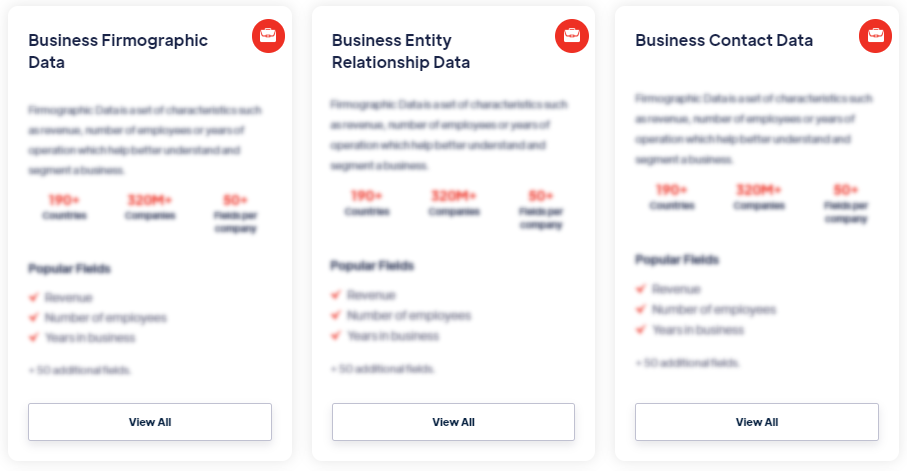Best
Delayed Market Data
Products
Delayed Market Data refers to financial market data that is released to the public with a time delay, typically ranging from a few minutes to hours, after the actual trading activity occurs. It includes information about stock prices, trading volume, bid and ask prices, and other relevant market indicators. Read more
Our Data Integrations


Request Data Sample for
Delayed Market Data

Browse the Data Marketplace

Frequently Asked Questions
1. What is Delayed Market Data?
Delayed
Market Data refers to financial market data that is released to
the public with a time delay, typically ranging from a few
minutes to hours, after the actual trading activity occurs. It
includes information about stock prices, trading volume, bid and
ask prices, and other relevant market indicators.
2. What sources are commonly used to collect Delayed Market
Data?
Common sources for collecting Delayed Market Data include stock
exchanges, financial data providers, and market data platforms.
These sources aggregate and distribute market data from various
exchanges and financial instruments, providing delayed data
feeds that can be accessed by traders, investors, and financial
institutions.
3. What are the key challenges in maintaining the quality and
accuracy of Delayed Market Data?
Maintaining the quality and accuracy of Delayed Market Data is
essential to ensure its reliability for market analysis and
decision-making. Key challenges include ensuring timely delivery
of the data, minimizing transmission or processing delays,
handling data integrity issues, and addressing potential
discrepancies or inaccuracies introduced during the data
collection and distribution processes.
4. What privacy and compliance considerations should be taken
into account when handling Delayed Market Data?
Privacy and compliance considerations play a crucial role in
handling Delayed Market Data. Market data often includes
sensitive information about financial transactions and trading
activities. Therefore, it is important to comply with data
protection regulations, ensure data encryption during
transmission and storage, and implement access controls to
prevent unauthorized use or disclosure of the data.
5. What technologies or tools are available for analyzing and
extracting insights from Delayed Market Data?
Various technologies and tools are available for analyzing and
extracting insights from Delayed Market Data. These include
financial data platforms, data visualization tools, statistical
analysis software, and algorithmic trading systems. Traders and
analysts use these tools to perform technical analysis, identify
market trends, develop trading strategies, and make informed
investment decisions based on the available delayed market data.
6. What are the use cases for Delayed Market Data?
Delayed Market Data is used in a variety of use cases in the
financial industry. It helps traders and investors monitor
market trends, analyze historical price patterns, identify
trading opportunities, and assess market volatility. Delayed
market data is also used for backtesting trading strategies,
conducting market research, evaluating investment portfolios,
and performing risk management.
7. What other datasets are similar to Delayed Market Data?
Datasets similar to Delayed Market Data include real-time
market data, historical market data, order book data, and trade
data. Real-time market data provides up-to-the-minute
information on current market activity, whereas historical
market data contains historical pricing and volume information.
Order book data provides details about bid and ask prices and
the depth of market liquidity, while trade data includes
information about executed trades, such as trade prices and
volumes.
